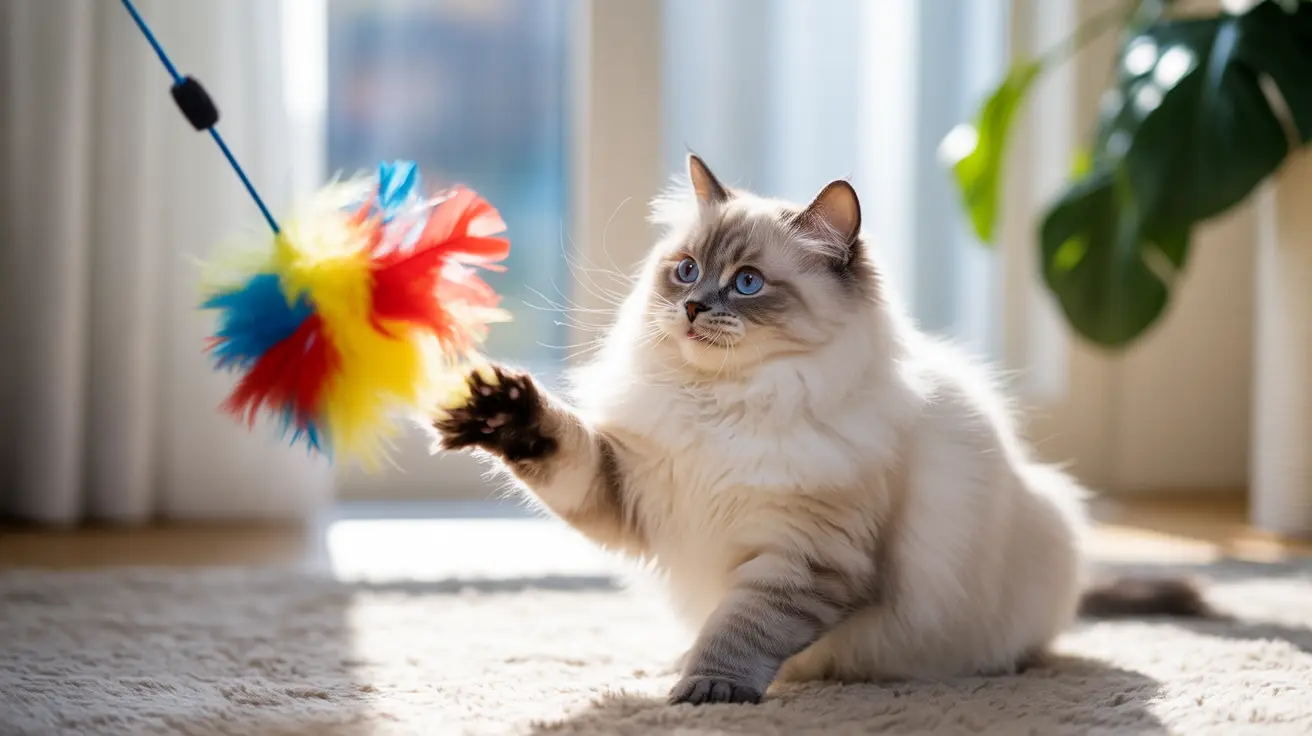Key Signs Your Cat Is Experiencing Boredom
1. Changes in Sleep Patterns
While cats naturally sleep 12-18 hours daily, excessive sleeping or lethargy beyond their normal patterns could indicate boredom. If your cat seems to do nothing but sleep, especially during typical active hours, it might be time to increase their stimulation.
2. Destructive Behavior
Bored cats often resort to destructive activities to create their own entertainment. This might include excessive scratching of furniture, shredding toilet paper, or knocking items off shelves. These behaviors are often their way of seeking attention and stimulation.
3. Unusual Aggression
When cats lack proper stimulation, they may exhibit increased aggression toward humans or other pets. This can manifest as sudden attacks, excessive biting during play, or aggressive pouncing on household members.
Understanding Why Cats Get Bored
Environmental Factors
Indoor cats especially need environmental enrichment to replace the stimulation they would naturally get outdoors. Limited access to windows, lack of climbing spaces, or insufficient interactive toys can contribute to boredom.
Social Isolation
Cats are more social than many people realize. Extended periods alone or limited interaction with their human family members can lead to boredom and depression.
Effective Solutions for Cat Boredom
1. Create an Enriching Environment
Install cat trees, window perches, and climbing shelves to create a three-dimensional environment. Consider setting up a "catio" or secure outdoor enclosure to provide safe outdoor experiences.
2. Rotate Toys and Activities
Keep things fresh by rotating toys weekly and introducing new types of enrichment activities. Puzzle feeders, treat-dispensing toys, and interactive wand toys can provide mental and physical stimulation.
3. Establish a Play Routine
Schedule regular play sessions throughout the day, aiming for at least 15-30 minutes of interactive play. This helps maintain your cat's physical health while strengthening your bond.
Frequently Asked Questions
How can I tell if my cat is bored or just tired?
A tired cat will return to normal activity levels after rest, while a bored cat shows persistent lethargy, destructive behaviors, or unusual aggression. Bored cats may also exhibit excessive grooming or visible disinterest in previously enjoyed activities.
What are common signs that my indoor cat is bored?
Common signs include excessive sleeping, destructive behavior, overgrooming, unusual aggression, attention-seeking behaviors, and changes in appetite. Indoor cats may also show increased vocalization or develop irregular litter box habits.
How can I keep my cat mentally and physically stimulated at home?
Provide various toys, climbing structures, and puzzle feeders. Create hunting opportunities with treat-dispensing toys, schedule regular play sessions, and ensure access to windows for outdoor viewing. Rotate toys regularly to maintain novelty.
Can boredom cause my cat to act aggressively or destructively?
Yes, boredom often leads to behavioral issues including aggression and destruction. These are typically ways for cats to release pent-up energy and create their own stimulation when their environment lacks sufficient enrichment.
What are simple activities or toys to prevent my cat from getting bored?
Simple solutions include cardboard boxes for exploration, paper bags (with handles removed), rotating toy collections, window perches, cat trees, and interactive toys like wands or laser pointers. DIY puzzle feeders can also provide mental stimulation.
Conclusion
Recognizing and addressing cat boredom is essential for maintaining your pet's health and happiness. By implementing these enrichment strategies and maintaining consistent interaction, you can help ensure your cat leads a fulfilling, stimulating life. Remember, a mentally and physically engaged cat is typically a well-behaved and content companion.






